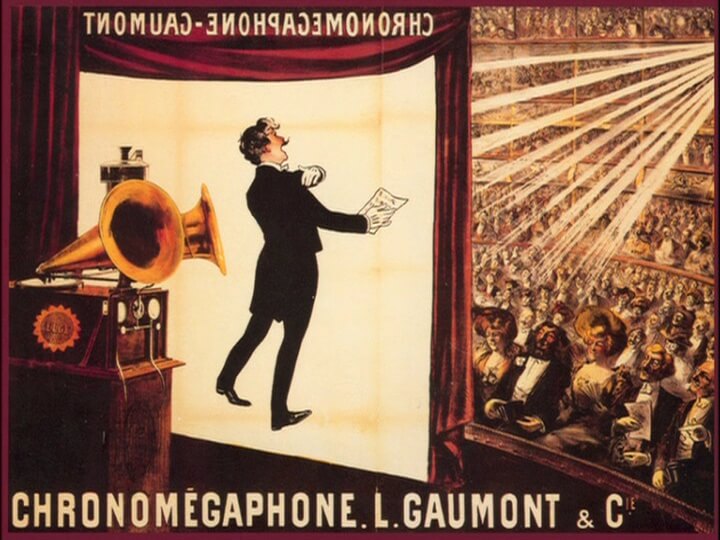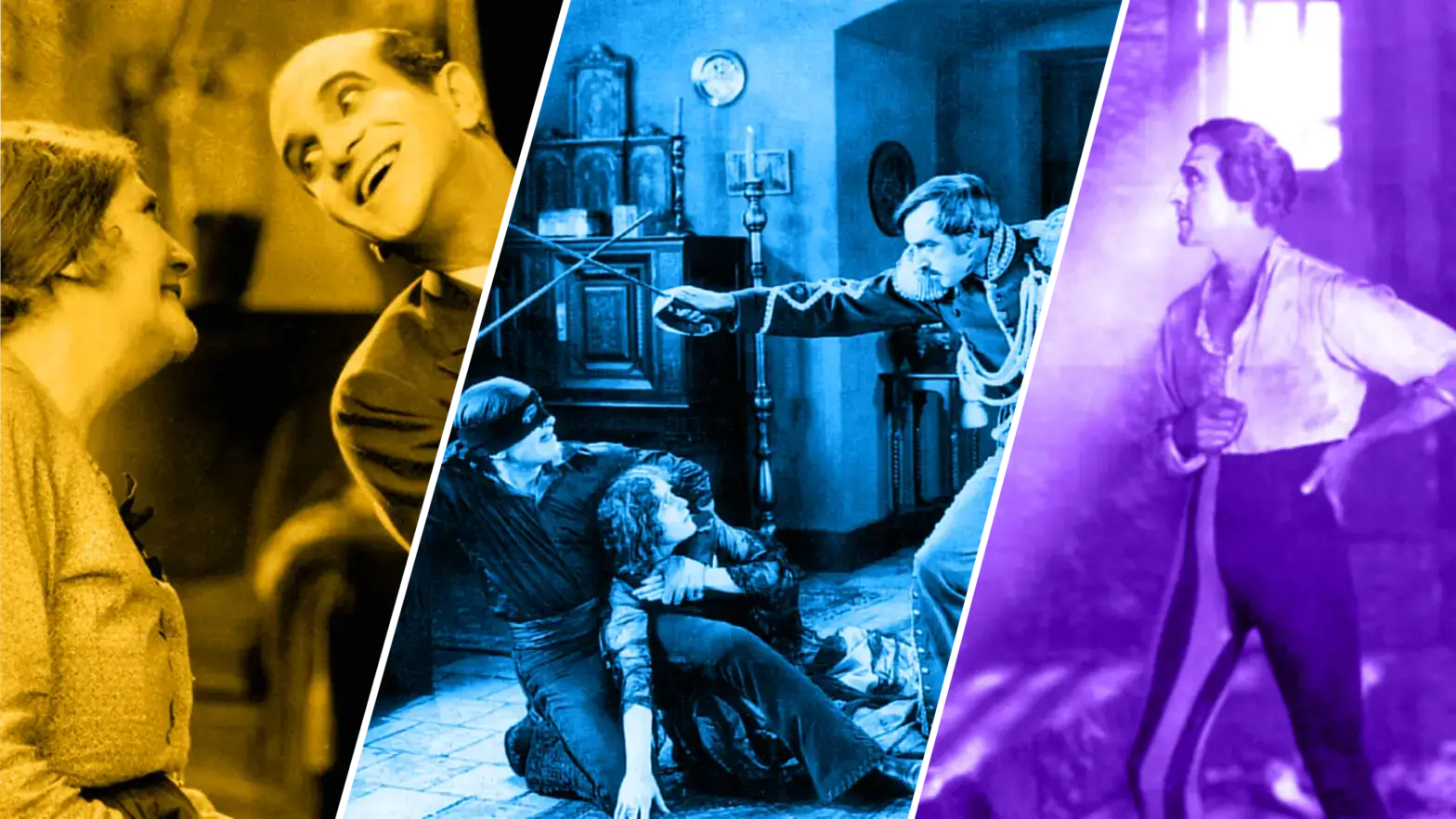Imagine, if you will, a time when the magic of moving pictures was still fresh and new. A time when every flicker on the screen brought gasps of wonder from the audience. Now, imagine adding sound to that experience. It was a revolution in the making, a seismic shift in the way stories were told and experienced.
History of the First Movie With Sound
What Was the First Movie With Sound?
The distinction of being the first feature film to incorporate sound, but curiously without dialogue, belongs to Don Juan.
Released in 1926, it featured a synchronized musical score along with sound effects, utilizing the Vitaphone system.
Don Juan (1926) • First Sound Film
This innovative approach to filmmaking paved the way for future advancements in the integration of sound into cinema, tantalizing audiences with what was possible.
The turning point for the entire film industry in 1927 was The Jazz Singer, a movie that changed the game. It marked the introduction of sound in films, fondly known as "talkies." This momentous occasion revolutionized the cinematic experience forever.The Spoken Words That Caused A Sensation In "The Jazz Singer" (1927)
However, the path leading up to this milestone was paved by various moments, works, and innovative individuals predating The Jazz Singer. Let's dive deeper into cinematic history.
When Did Movies Get Sound in Cinema?
Early Beginnings of Sound in Cinema
Paris, the City of Lights, was the backdrop for this groundbreaking moment in cinematic history. The year was 1900, and the first known public exhibition of projected sound films took place. This wasn't just any film screening. This was an event that challenged the status quo, introducing the concept of synchronized sound to the world of cinema.
It utilized the Phono-Cinéma-Théâtre system, where dialogue or songs were recorded on a phonograph and the speed of the film projector was adjusted to match the sound. It was, in its own way, a technological marvel of its time.

Phono-Cinéma-Théâtre system • First Sound Movie
But the journey to pair images with synchronized sound was not an overnight success. It was a path paved with trials and tribulations. One of the early pioneers in this field was none other than Thomas Edison.
As early as 1893, Edison experimented with using a phonograph record to synchronize sounds with his kinetoscope films. Edison’s role in The Dickinson Experimental Sound Film, conducted in 1894, marked a significant milestone in the history of film. It was the first known attempt to synchronize sound and moving image, featuring William K.L. Dickson playing a violin into a recording horn for an off-camera wax cylinder.
The Dickson Experimental Sound Film
However, despite his best efforts, the marriage of sound and image was still a challenging endeavor. But these initial steps, these bold experiments, laid the groundwork for what was to come. They represented a turning point, a sign of things to come. Sound in cinema was no longer a distant dream; it was becoming a reality.
Related Posts
Was the Jazz Singer the First Movie With Sound in Film?
The Emergence of The Jazz Singer
In the annals of cinematic history, 1927 stands as a watershed year. This was when The Jazz Singer, the first feature film to be presented as a talkie, made its debut. It was more than just a film; it was a harbinger of change, a signpost signaling a new direction in storytelling.
The Jazz Singer was rooted in the traditions of silent cinema, employing many of its familiar tropes. Yet, it dared to venture beyond the silent realm, incorporating sound into its narrative. It was a delicate balancing act, a dance between the old and the new. The silent sequences were still there, but now they were punctuated with moments of dialogue and song.The Jazz Singer (1927) • How The Movies Learnt To Talk
Despite its reliance on silent film conventions, The Jazz Singer marked a turning point in the evolution of sound film. It was like the first tentative steps of a child learning to speak, each word an exciting discovery. The film may not have fully embraced the potential of sound, but it pointed the way forward.
The impact of The Jazz Singer cannot be overstated. It was the spark that ignited the talkie revolution, setting the stage for the richly layered cinematic experiences we enjoy today. As we look back on this landmark film, we are reminded of how far we've come, and how every innovation—no matter how small—can change the course of film history.
Impact of the First Movie with Sound
The Effect of Sound on Cinema Careers
The introduction of sound in cinema brought about monumental changes, completely transforming the careers of Hollywood actors and musicians. In the era of silent films, actors relied on physicality and facial expressions to convey emotions, transcending language barriers and captivating audiences.
The Mark of Zorro (1920)
However, with the advent of sound, the focus shifted to delivering compelling dialogue, presenting a new challenge for many silent film stars and causing obstacles in their careers. Additionally, live musical performances in theaters were affected as synchronized soundtracks replaced the use of live instruments.
The emergence of sound films revolutionized the world of cinema, shaking up established norms and propelling us forward. While we appreciate the artistry of the silent film era, we also celebrate the immersive and captivating movie experiences of today.
Up Next
When Were Movies Invented?
Now that we've uncovered the powerful influence of sound in cinema, let's rewind the clock and dive into the origins of cinema itself in our next article.
Up Next: The Birth of Cinema →
Share your vision with elegant shot lists and storyboards.
Create robust and customizable shot lists. Upload images to make storyboards and slideshows.

